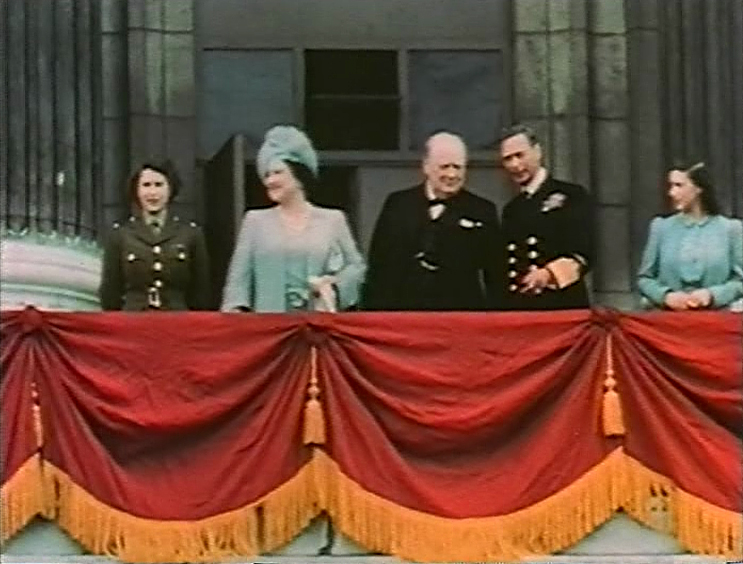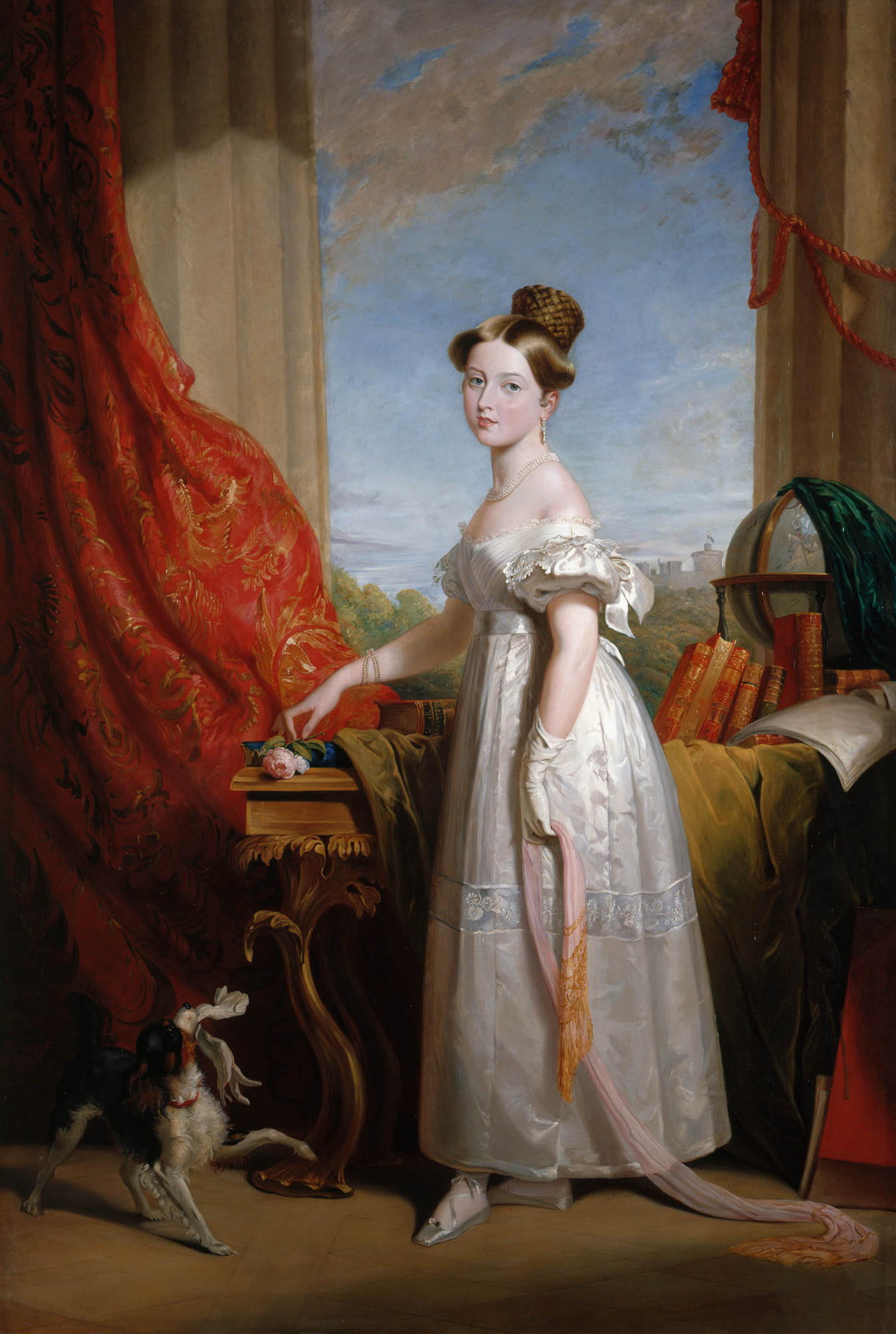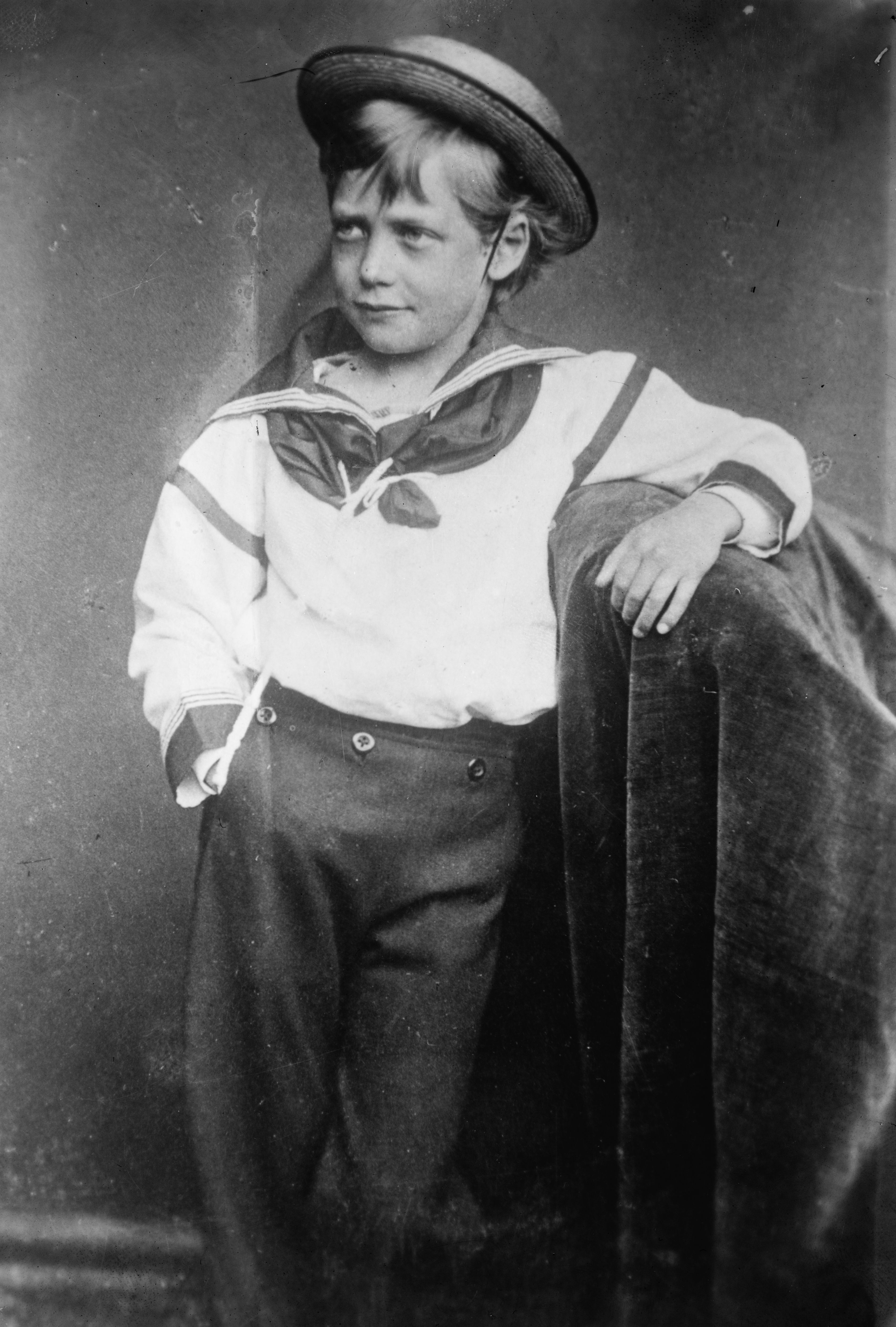|
Ahnentafel
An ''ahnentafel'' (German for "ancestor table"; ) or ''ahnenreihe'' ("ancestor series"; ) is a genealogical numbering system for listing a person's direct ancestors in a fixed sequence of ascent. The subject (or proband) of the ahnentafel is listed as , the subject's father as and the mother as , the paternal grandparents as and and the maternal grandparents as and , and so on, back through the generations. Apart from , who can be male or female, all even-numbered persons are male, and all odd-numbered persons are female. In this schema, the number of any person's father is double the person's number, and a person's mother is double the person's number plus one. Using this definition of numeration, one can derive some basic information about individuals who are listed without additional research. This construct displays a person's genealogy compactly, without the need for a diagram such as a family tree. It is particularly useful in situations where one may be restricted to ... [...More Info...] [...Related Items...] OR: [Wikipedia] [Google] [Baidu] |
Genealogical Numbering System
Several genealogical numbering systems have been widely adopted for presenting family trees and pedigree charts in text format. Among the most popular numbering systems are: Ahnentafel (Sosa-Stradonitz Method), and the Register, NGSQ, Henry, d'Aboville, Meurgey de Tupigny, and de Villiers/Pama Systems . Ascending numbering systems Ahnentafel Ahnentafel, also known as the Eytzinger Method, Sosa Method, and Sosa-Stradonitz Method, allows for the numbering of ancestors beginning with a descendant. This system allows one to derive an ancestor's number without compiling the complete list, and allows one to derive an ancestor's relationship based on their number. The number of a person's father is twice their own number, and the number of a person's mother is twice their own, plus one. For instance, if John Smith is 10, his father is 20, and his mother is 21. In order to readily have the generation stated for a certain person, the Ahnentafel numbering may be preceded by the generation. ... [...More Info...] [...Related Items...] OR: [Wikipedia] [Google] [Baidu] |
Michaël Eytzinger
Michaël Eytzinger (Freiherr Michael von Aitzing, Aitzinger, Eyzinger, or Eitzing) (born ca. 1530 in Obereitzing - died 1598 in Bonn), was an Austrian nobleman, diplomat, historian, and publicist, who wrote and published several works, including a renowned volume that states the principles of a genealogical numbering system, called an Ahnentafel, that is still in use today. Eytzinger first published the Ahnentafel in 1590 in his ''Thesaurus principum hac aetate in Europa viventium'' (Cologne), 1590 (Google Books)(No Preview) in which he described and illustrated his new functional theory of numeration of ancestors ... [...More Info...] [...Related Items...] OR: [Wikipedia] [Google] [Baidu] |
Stephan Kekulé Von Stradonitz
Stephan Kekulé von Stradonitz (1 May 1863, in Ghent – 5 May 1933, in Berlin), was a German lawyer, heraldist and genealogist who popularized a genealogical numbering system of ancestors. Stephan was the son of the prominent chemist Friedrich August Kekulé von Stradonitz, descended from a Czech noble family from Bohemia Bohemia ( ; cs, Čechy ; ; hsb, Čěska; szl, Czechy) is the westernmost and largest historical region of the Czech Republic. Bohemia can also refer to a wider area consisting of the historical Lands of the Bohemian Crown ruled by the Bohem ..., and his Belgian wife Stéphanie Drory. In 1898 Kekulé von Stradonitz published his interpretation of Eytzinger's and Sosa's method in his ''Ahnentafel-Atlas. Ahnentafeln zu 32 Ahnen der Regenten Europas und ihrer Gemahlinnen'', Berlin: J. A. Stargardt, 1898–1904, containing 79 charts of the sovereigns of Europe and their wives. This method became the most common method of numbering ancestors and is k ... [...More Info...] [...Related Items...] OR: [Wikipedia] [Google] [Baidu] |
Family Tree
A family tree, also called a genealogy or a pedigree chart, is a chart representing family relationships in a conventional tree structure. More detailed family trees, used in medicine and social work, are known as genograms. Representations of family history Genealogical data can be represented in several formats, for example, as a pedigree or . Family trees are often presented with the oldest generations at the top of the tree and the younger generations at the bottom. An ancestry chart, which is a tree showing the ancestors of an individual and not all members of a family, will more closely resemble a tree in shape, being wider at the top than at the bottom. In some ancestry charts, an individual appears on the left and his or her ancestors appear to the right. Conversely, a descendant chart, which depicts all the descendants of an individual, will be narrowest at the top. Beyond these formats, some family trees might include all members of a particular surname (e.g., male- ... [...More Info...] [...Related Items...] OR: [Wikipedia] [Google] [Baidu] |
Binary Tree
In computer science, a binary tree is a k-ary k = 2 tree data structure in which each node has at most two children, which are referred to as the ' and the '. A recursive definition using just set theory notions is that a (non-empty) binary tree is a tuple (''L'', ''S'', ''R''), where ''L'' and ''R'' are binary trees or the empty set and ''S'' is a singleton set containing the root. Some authors allow the binary tree to be the empty set as well. From a graph theory perspective, binary (and K-ary) trees as defined here are arborescences. A binary tree may thus be also called a bifurcating arborescence—a term which appears in some very old programming books, before the modern computer science terminology prevailed. It is also possible to interpret a binary tree as an undirected, rather than a directed graph, in which case a binary tree is an ordered, rooted tree. Some authors use rooted binary tree instead of ''binary tree'' to emphasize the fact that the tree is roo ... [...More Info...] [...Related Items...] OR: [Wikipedia] [Google] [Baidu] |
Genealogy
Genealogy () is the study of families, family history, and the tracing of their lineages. Genealogists use oral interviews, historical records, genetic analysis, and other records to obtain information about a family and to demonstrate kinship and pedigrees of its members. The results are often displayed in charts or written as narratives. The field of family history is broader than genealogy, and covers not just lineage but also family and community history and biography. The record of genealogical work may be presented as a "genealogy", a "family history", or a " family tree". In the narrow sense, a "genealogy" or a "family tree" traces the descendants of one person, whereas a "family history" traces the ancestors of one person, but the terms are often used interchangeably. A family history may include additional biographical information, family traditions, and the like. The pursuit of family history and origins tends to be shaped by several motives, including the desire ... [...More Info...] [...Related Items...] OR: [Wikipedia] [Google] [Baidu] |
Elizabeth II
Elizabeth II (Elizabeth Alexandra Mary; 21 April 1926 – 8 September 2022) was Queen of the United Kingdom and other Commonwealth realms from 6 February 1952 until her death in 2022. She was queen regnant of 32 sovereign states during her lifetime, and was head of state of 15 realms at the time of her death. Her reign of 70 years and 214 days was the longest of any British monarch and the longest verified reign of any female monarch in history. Elizabeth was born in Mayfair, London, as the first child of the Duke and Duchess of York (later King George VI and Queen Elizabeth The Queen Mother). Her father acceded to the throne in 1936 upon the abdication of his brother Edward VIII, making the ten-year-old Princess Elizabeth the heir presumptive. She was educated privately at home and began to undertake public duties during the Second World War, serving in the Auxiliary Territorial Service. In November 1947, she married Philip Mountbatten, a former pr ... [...More Info...] [...Related Items...] OR: [Wikipedia] [Google] [Baidu] |
Queen Victoria
Victoria (Alexandrina Victoria; 24 May 1819 – 22 January 1901) was Queen of the United Kingdom of Great Britain and Ireland from 20 June 1837 until her death in 1901. Her reign of 63 years and 216 days was longer than that of any previous British monarch and is known as the Victorian era. It was a period of industrial, political, scientific, and military change within the United Kingdom, and was marked by a great expansion of the British Empire. In 1876, the British Parliament voted to grant her the additional title of Empress of India. Victoria was the daughter of Prince Edward, Duke of Kent and Strathearn (the fourth son of King George III), and Princess Victoria of Saxe-Coburg-Saalfeld. After the deaths of her father and grandfather in 1820, she was raised under close supervision by her mother and her comptroller, John Conroy. She inherited the throne aged 18 after her father's three elder brothers died without surviving legitimate issue. Victoria, a constitu ... [...More Info...] [...Related Items...] OR: [Wikipedia] [Google] [Baidu] |
George III Of The United Kingdom
George III (George William Frederick; 4 June 173829 January 1820) was King of Great Britain and of Monarchy of Ireland, Ireland from 25 October 1760 until Acts of Union 1800, the union of the two kingdoms on 1 January 1801, after which he was King of the United Kingdom of Great Britain and Ireland until his death in 1820. He was the longest-lived and longest-reigning king in British history. He was concurrently Duke and Prince-elector of Electorate of Brunswick-Lüneburg, Brunswick-Lüneburg ("Hanover") in the Holy Roman Empire before becoming King of Hanover on 12 October 1814. He was a monarch of the House of Hanover but, unlike his two predecessors, he was born in Great Britain, spoke English as his first language and never visited Hanover. George's life and reign were marked by a series of military conflicts involving his kingdoms, much of the rest of Europe, and places farther afield in Africa, the Americas and Asia. Early in his reign, Great Britain defeated France in th ... [...More Info...] [...Related Items...] OR: [Wikipedia] [Google] [Baidu] |
George VI
George VI (Albert Frederick Arthur George; 14 December 1895 – 6 February 1952) was King of the United Kingdom and the Dominions of the British Commonwealth from 11 December 1936 until his death in 1952. He was also the last Emperor of India from 1936 until the British Raj was dissolved in August 1947, and the first Head of the Commonwealth following the London Declaration of 1949. The future George VI was born in the reign of his great-grandmother Queen Victoria; he was named Albert at birth after his great-grandfather Albert, Prince Consort, and was known as "Bertie" to his family and close friends. His father ascended the throne as George V in 1910. As the second son of the king, Albert was not expected to inherit the throne. He spent his early life in the shadow of his elder brother, Prince Edward, the heir apparent. Albert attended naval college as a teenager and served in the Royal Navy and Royal Air Force during the First World War. In 1920, he was made ... [...More Info...] [...Related Items...] OR: [Wikipedia] [Google] [Baidu] |
George V
George V (George Frederick Ernest Albert; 3 June 1865 – 20 January 1936) was King of the United Kingdom and the British Dominions, and Emperor of India, from 6 May 1910 until his death in 1936. Born during the reign of his grandmother Queen Victoria, George was the second son of Albert Edward, Prince of Wales, and was third in the line of succession to the British throne behind his father and his elder brother, Prince Albert Victor. From 1877 to 1892, George served in the Royal Navy, until the unexpected death of his elder brother in early 1892 put him directly in line for the throne. On Victoria's death in 1901, George's father ascended the throne as Edward VII, and George was created Prince of Wales. He became king-emperor on his father's death in 1910. George's reign saw the rise of socialism, communism, fascism, Irish republicanism, and the Indian independence movement, all of which radically changed the political landscape of the British Empire, which itself r ... [...More Info...] [...Related Items...] OR: [Wikipedia] [Google] [Baidu] |




.jpg)

